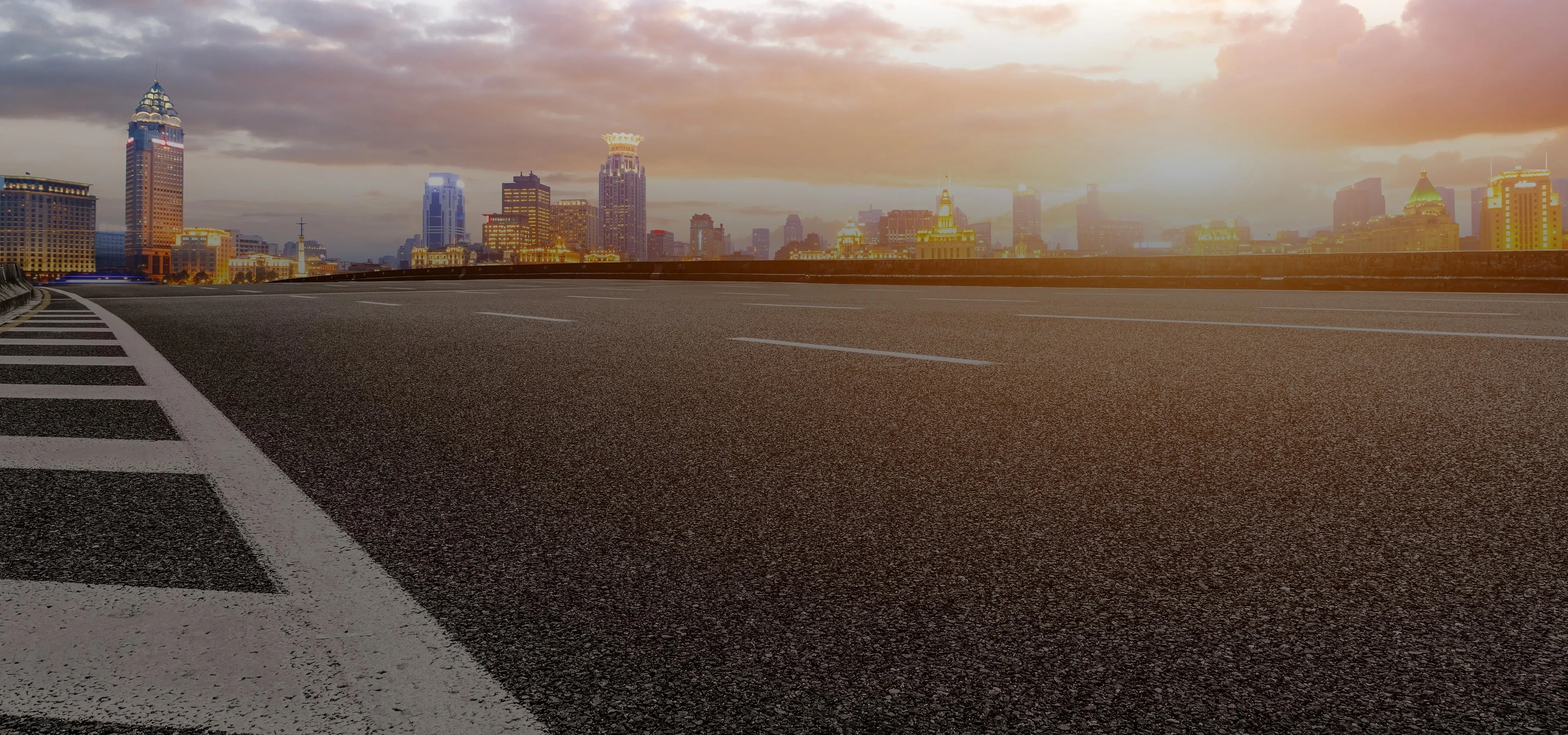Tesla founder and CEO Elon Musk said during the Model 3 launch party Friday night that all Tesla cars in production have the same driverless hardware, signaling that Tesla's jump to Level 4 hinges on a software update — but Musk didn't exactly say that.
Often overlooked is how Tesla has said since last year that its new Tesla models made after October 15 have the requisite hardware in place for Level 3, Level 4 driving, or "full self-driving" capabilities. Musk also confirmed Friday that the Model 3, like the other new-generation Tesla models, has eight cameras, 12 sonars, and four radars powered and processed by a 10 teraop computer.
The cars will be increasingly autonomous. You won't really need to look at an instrument panel all that often, because you'll be able to do whatever you want. You'll be able to watch a movie, take to friends, go to sleep.. Every Tesla being produced now, the Model 3, the Model S, the Model X, has all of the hardware necessary for full autonomy. And I think a lot of people still don't realize that.
Tesla did officially reveal one difference in the hardware between the models Friday: As reported last week, the Model 3's gearshift option is better adapted for Level 4 driving compared to the Model S and X's adaptive cruise control. With it, you shift the gear into Autopilot in the Tesla 3 instead of using a more cruise control-like option in the Model S and X.
What Musk didn't say was when Tesla will offer Level 3 and Level 4 (when you will be able to take a nap as the car takes you where you want to go). For that to happen, the cars will need an over-the-air software update, which will likely not be ready for some time.
Among other things, Tesla's recent shake up of its driverless development team reflects how the company is likely struggling to find the engineering talent needed to develop the requisite software to add full self-driving capabilities to its cars. To that end, Tesla recently appointed Andrej Karpathy as director of AI and Autopilot vision, a brainchild from OpenAI, a leading AI research institute Musk co-founded who only recently earned a Ph.D. from Stanford University in deep learning and computer vision.
Tesla is also hoping a massive number of video uploads from models equipped with its latest flavor of Autopilot will help it achieve its aggressive driverless goals, as Tesla seeks to "fleet source" data to help improve its cars' machine learning capabilities.
Meanwhile, in order to experience Level 3 and possibly Level 4 driving in a Tesla, you'll have to wait at the very least "towards the end of next year," when Musk said deliveries of the Model 3 are set to begin. You can also now have a Model S and X delivered in one to two months upon ordering one, but the wait for advanced driverless capabilities beyond the Level 2 options currently available should also take well over a year from now as well.
Continental, Magna Vehicles to Self-Drive from the US to Canada and Back
Automotive suppliers Continental and Magna say they plan to design to two self-drive vehicles that will travel more than 300 miles from Michigan to Sarnia, Ontario, and back.
Neither supplier said when the test run is expected to take place or what car models will be used. They did say the Michigan Department of Transportation (MDOT) and the Ontario Ministry of Transportation (MTO) will be involved in the project, but so far, have not divulged any details.
Elsewhere in the News
A German startup designs a car that self-charges itself with solar panels. Audi to slash 10 billion euros ($12 billion) from its budget to fund its elecric vehicle (EV) development.
- Follow Driverless on Facebook and Twitter
- Follow WonderHowTo on Facebook, Twitter, Pinterest, and Google+
Cover photo by Tesla/Youtube

























Comments
Be the first, drop a comment!